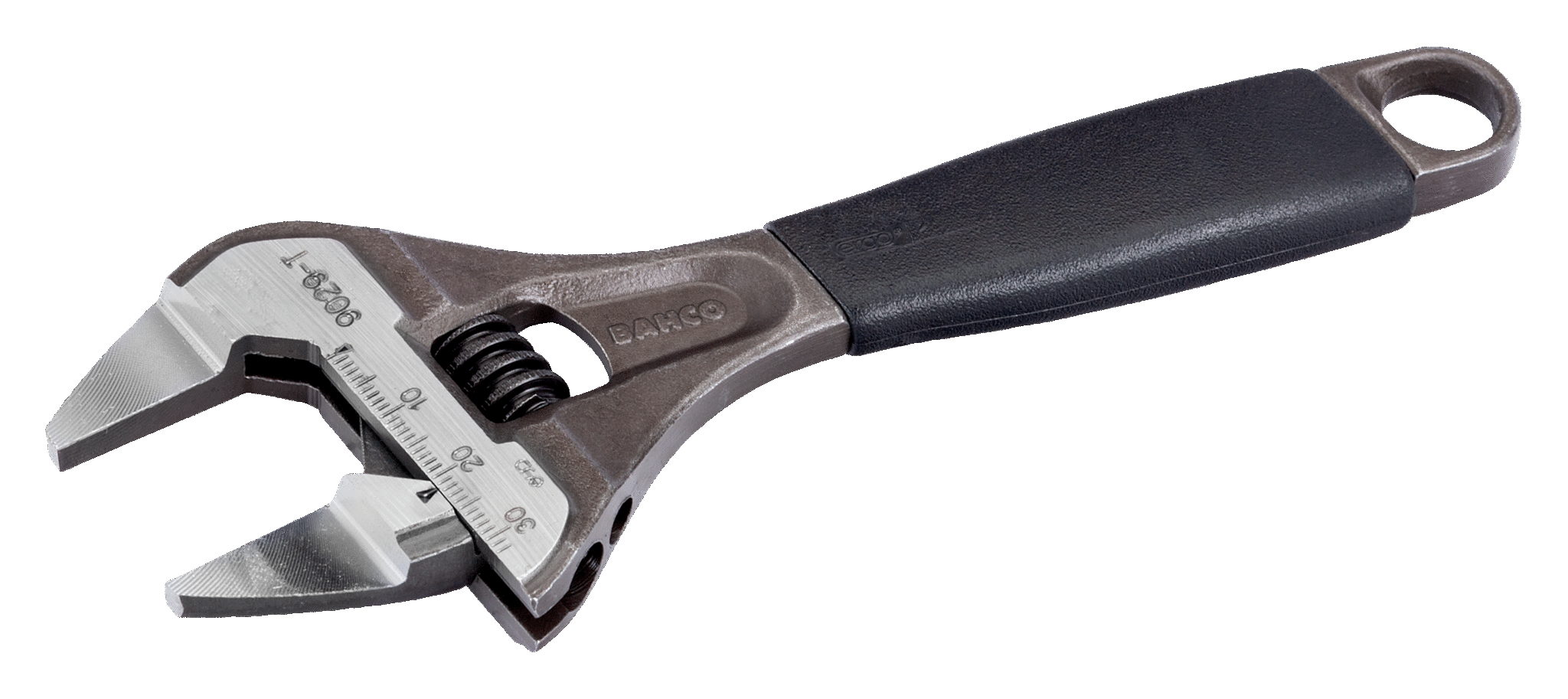- Reaction score
- 17,212
I often find I have to use a chisel and hammer to tighten locknuts. I see no harm in it, and often nothing else will work in the space available. Reading the comments here, some people seem very much against it. Could anyone explain what harm might come as a result of using this technique?
I don't think it's possible to gauge whether it is actually properly tight or not when hitting it with a hammer and chisel.
The gland and locknut form an electrical connection in the CPC of the circuit, is it really acceptable to make protective conductor connections with a hammer and chisel?















